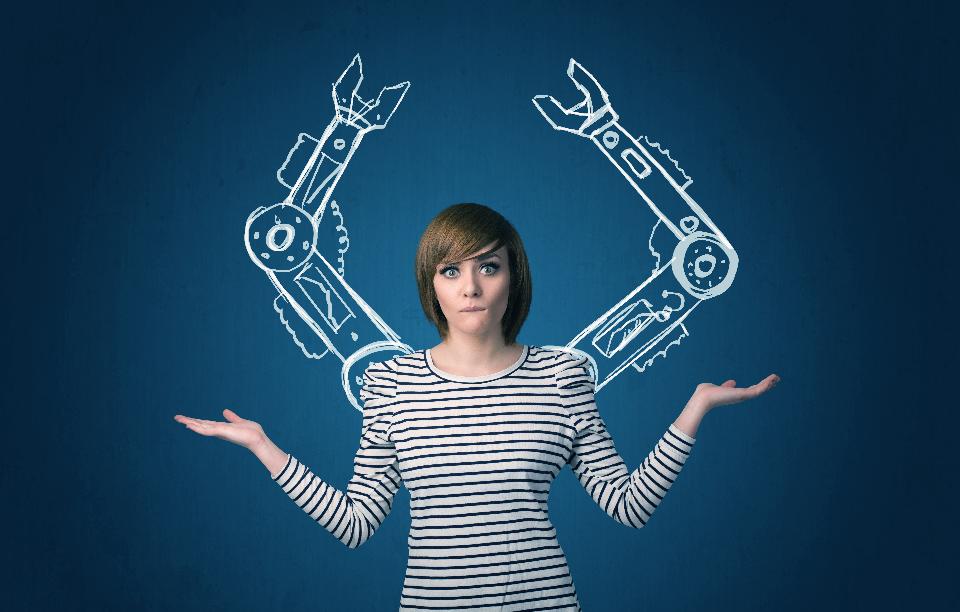As I’m writing this blog post, both Solar Team Delft and Solar Team Eindhoven are leading their class in the World Solar Challenge 2017. Dutch students winning prices with solar-powered vehicles isn’t something new or remarkable. However, Dutch former students presenting a fully solar-powered car that is suitable for the public roads definitely is.
Lightyear is a Dutch company, originated from Solar Team Eindhoven, and will launch their first marketable car in 2019. The Lightyear One, as the model is called, should be able to drive for a promising 800 kilometres with a fully charged battery. Which can be done via the ‘traditional’ charging plug or through sun light. As for Dutch weather conditions, the car should able to cover a distance of around 10.000 kilometres solely on solar energy. With the right sunny conditions (e.g. Hawaii), the Lightyear could potentially drive for months at a time between charges.
Does this mean Elon Musk is losing sleep over this new form of sustainable driving?
Probably not, because Lightyear is just the latest challenger to Tesla’s number one spot in the sustainable automotive market. However, if the claims made about the groundbreaking technological potential are true, this may indeed be the new disruption in the car industry. Nowadays, for example, electric cars are being restricted to the areas with reliable charging networks.
Lighyear believes the real future of automotive power will be fully powered by the sun. In 2015, the Solar Team Eindhoven already won the Crunchies for best technological achievement with their solar car “Stella”, beating Apple, Bitcoin and Elon Musk’s SpaceX. So, the technical minds behind the car aren’t new to the solar scene. The main downside to the company, as you probably already expected, is that it comes with quite a price tag: €119.000.
Lightyear still has to prove it can transfer its experimental en potential tech solutions into a fully realized consumer experience. Nevertheless, I believe that solar powered vehicles, The Lightyear One or any other type, will be the next disruptive step in the automotive future.
Nederlanders brengen eigen zonne-auto op de markt. (2017, 29 juni). Geraadpleegd op 10 oktober 2017, van https://nos.nl/artikel/2180593-nederlanders-brengen-eigen-zonne-auto-op-de-markt.html
Rijden op zonne-energie: Lightyear One. (2017, 30 juni). Geraadpleegd op 10 oktober 2017, van https://www.nu.nl/auto/4804164/rijden-zonne-energie-lightyear-one.html
Etherington, D. (2015, 5 februari). Stella’s Solar Car Wins The Crunchie For Best Technology Achievement. Geraadpleegd op 10 oktober 2017, van https://techcrunch.com/2015/02/05/stellas-solar-car-wins-the-crunchie-for-best-technology-achievement/


